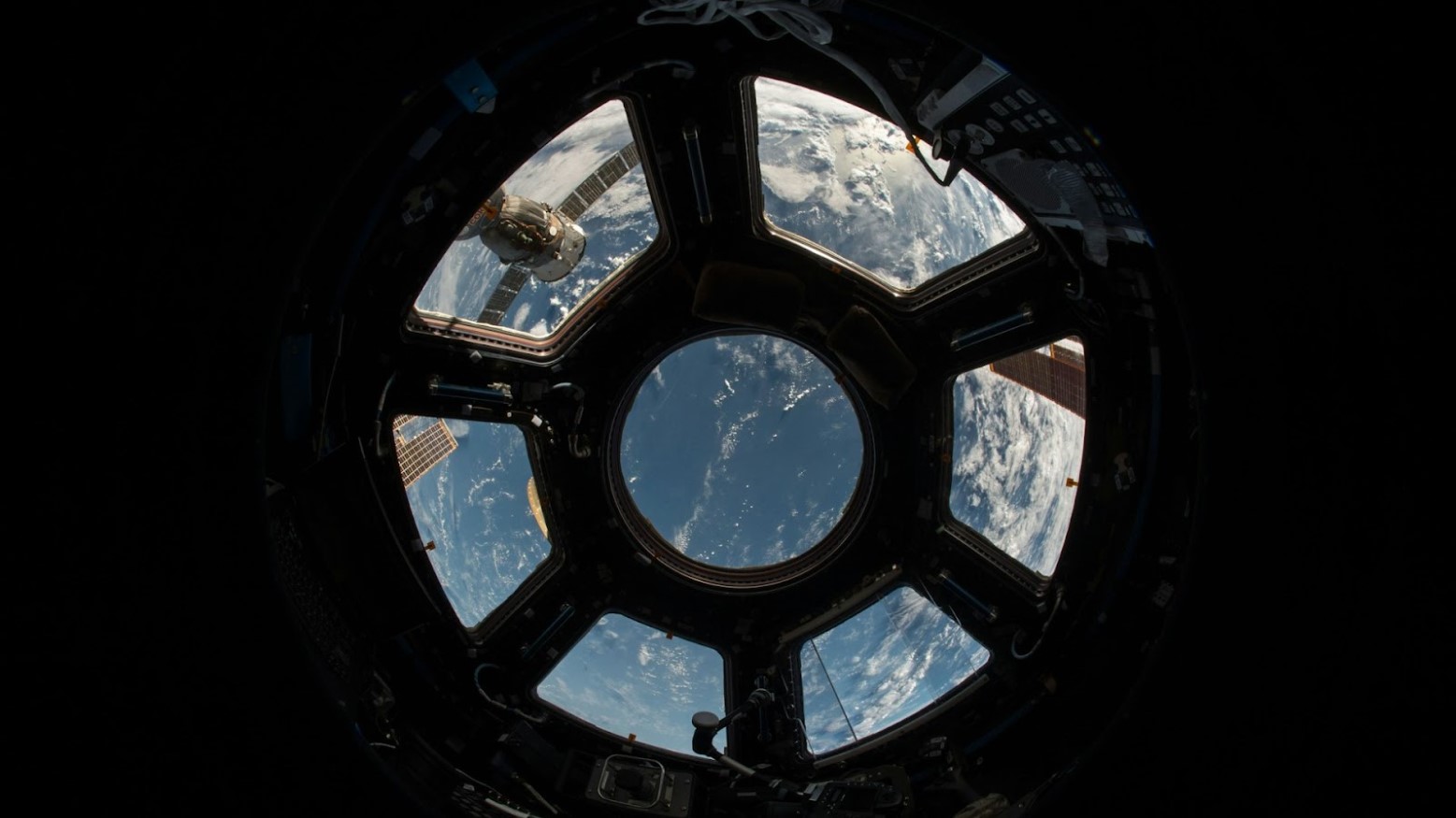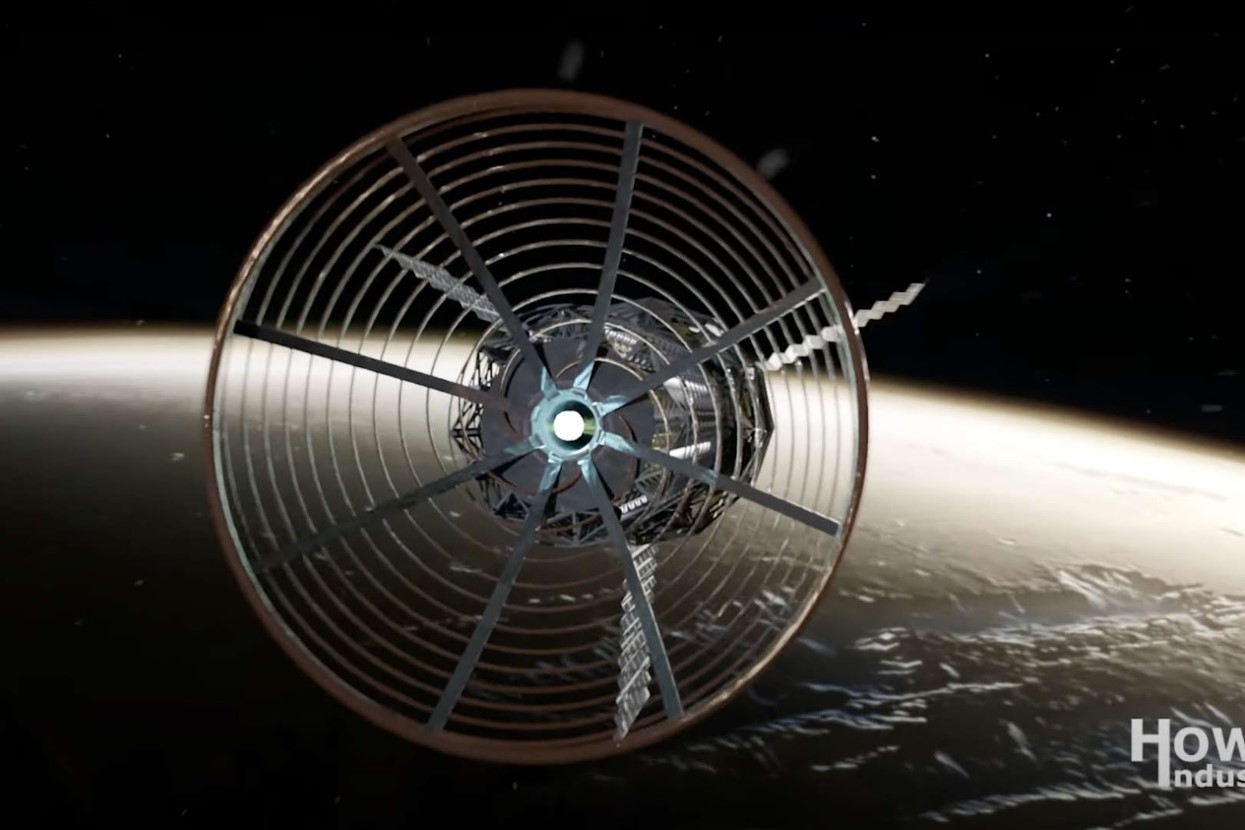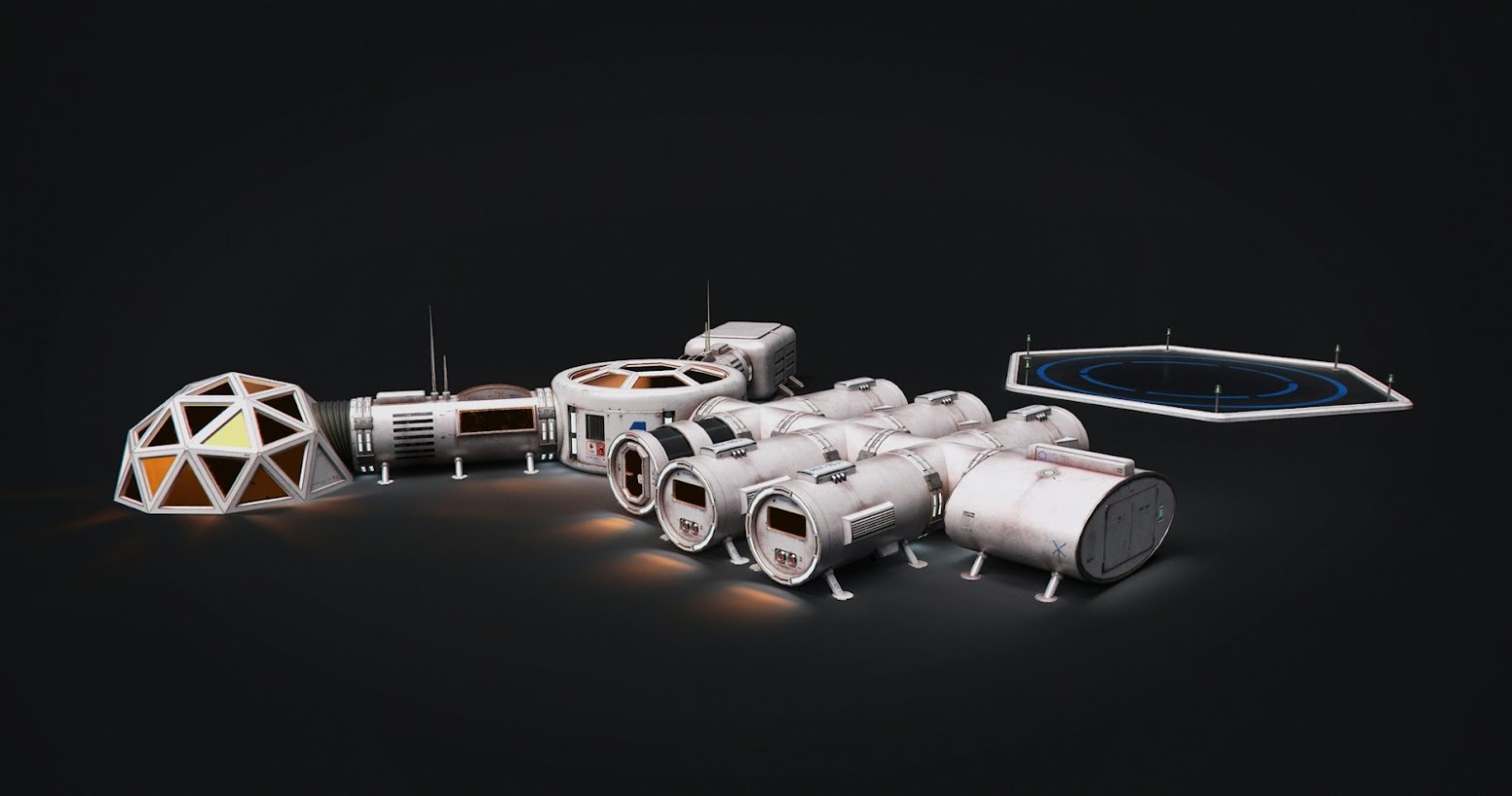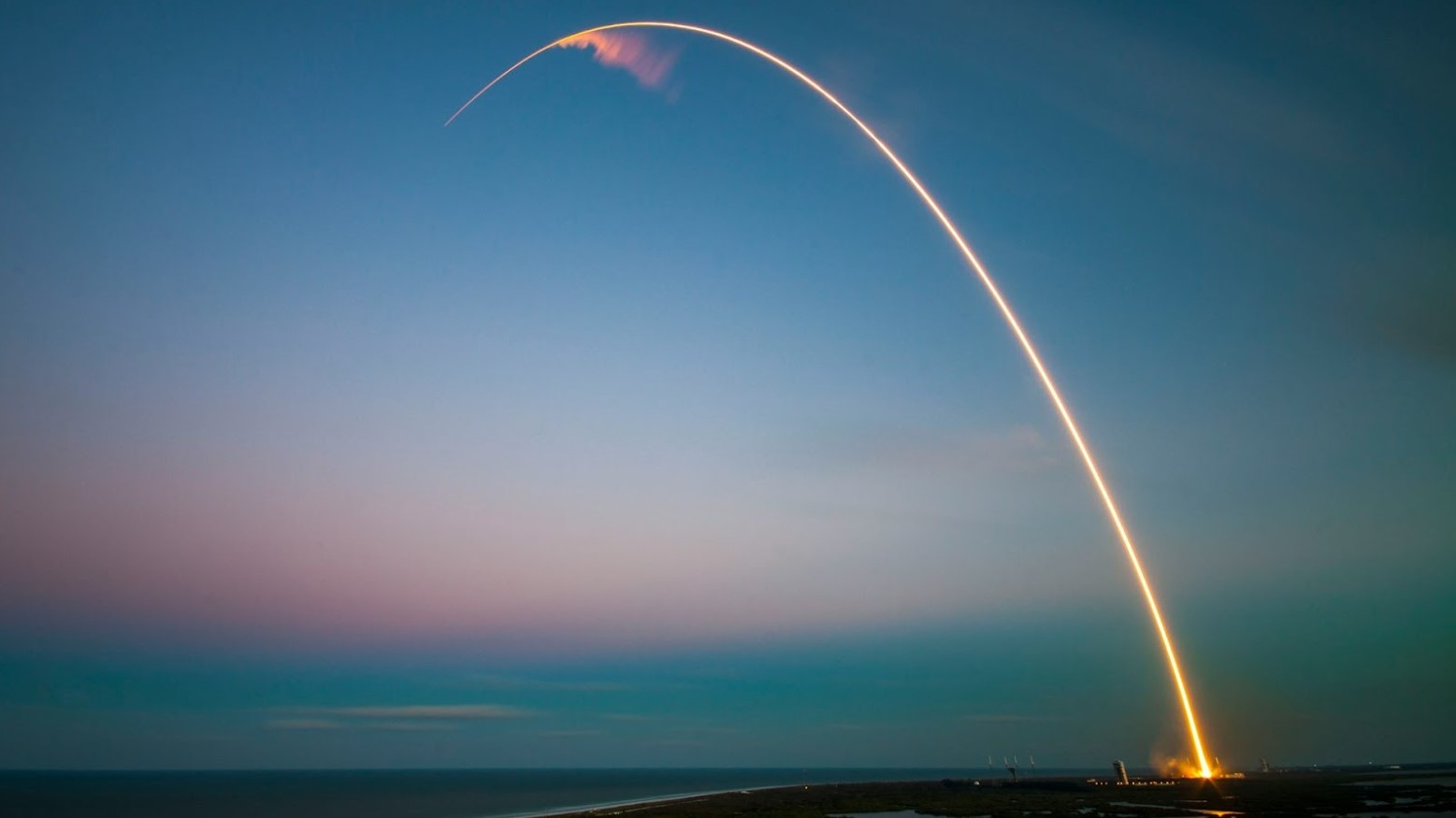Sending humans into space was one of the most important accomplishments of the 20th century. However, limitations in our technology have kept the idea of manned missions to other planets in the realm of science fiction. That might all be about to change.
Researchers are developing a new rocket system that could dramatically reduce the amount of time it takes to travel between places in space. If it works, it could revolutionize space travel, ushering in a new era of exploration.
The Current Challenges of Space Travel

Space is vast. The distance between us and even relatively “close” celestial bodies is massive, and our moon is over 200,000 miles away.
The major obstacle in the way of humanity becoming a truly spacefaring civilization is how to overcome these huge distances in times that make exploration missions viable. We simply don’t have the technology to produce the sort of high thrust to cut down space transit times. Or rather, we don’t have the technology yet.
Howe Industries’ Pulsed Plasma Rocket

Howe Industries is developing a technology that could completely change how we approach space travel. Working with backing from NASA, they’re developing the Pulsed Plasma Rocket (PPR).
Unlike current chemical rockets, the PPR would use pulses of superheated, energetic matter called plasma to generate thrust. This could potentially let spacecraft reach far greater speeds with more efficiency.
Who Are Howe Industries?

Howe Industries has been around since 2015. Their expertise lies in thermal systems, nuclear technologies and space propulsion.
They have a track record in designing propulsion systems before the PPR project. They previously designed a nuclear electric propulsion system that utilizes Advanced Thermoelectric Generators (ATEGs).
The Thrust Potential of the PPR

By using this supercharged plasma, this new rocket could achieve thrust far beyond the capabilities of current chemical rockets.
Theoretic estimates have the PPR achieving up to 100,000 Newtons of thrust. This is significantly more than current rockets are capable of producing.
The PPR Could Boost the Efficiency of Space Travel

It isn’t simply raw thrust that the PPR potentially offers. A measure called specific impulse (Isp) describes how efficiently an engine uses fuel to generate thrust.
Chemical rockets have a relatively low Isp, but NASA is predicting a massive ISP for the PPR of potentially 5,000 seconds. Exceptional performance combining high Isp with high thrust means it’s not an exaggeration to say the PPR has the potential to revolutionize deep space travel.
Sending People to Mars

The PPR potentially offers less fuel needs and faster travel times. Looking at an immediate practical application of these advantages, sending people to Mars seems more likely. Space.com calculates that right now, using chemical rockets, it would take a human-crewed ship 9 months to get to Mars.
If the PPR ends up being viable, this journey time could drop to two months. A round trip that takes roughly half the time of the current one-way journey time means missions to Mars become far less risky and a much more achievable reality.
Beyond Mars

The potential of the PPR doesn’t end with missions to Mars. The potential to efficiently propel spacecraft at the kinds of speeds being theorized opens up the possibility of undertaking missions never even considered before.
We can start to look at traveling beyond our neighboring planet. Missions to explore the Asteroid Belt, distant comets, or even the farthest edges of our solar system where sunlight barely reaches become a possibility if the PPR lives up to its promise.
Moving Cargo Through Space

The power of the PPR would allow for efficient movement of both human passengers and heavy cargo. This means it could be possible to move all the equipment and infrastructure necessary to establish a permanent base on Mars, for example.
This propulsion system could also move heavier spacecraft. This is important as spacecraft exploring deep space would need shielding to protect against Galactic Cosmic Rays.
There Are Challenges to Overcome

Everything sounds fantastic in practice, but there are still a number of challenges to overcome before the PPR becomes a reality.
Building and testing a brand-new engine design like this is obviously a long process. Beyond that, the sheer power the PPR could potentially generate might require the development of new heat-resistant materials and a new, innovative approach to designing spacecraft.
Making Science Fiction Reality

The PPR is far beyond being a simple thought experiment. The NASA Innovative Advanced Concept Phase I study was all about assessing the systems for a transport mission to Mars to establish a human base. Howe Industries are now ready to move into Phase II.
Phase II of the study will build upon the work already done and aim to optimize the engine design for an even greater Isp. Proof of concept experiments will also be conducted on key components, all moving toward designing a ship for a shielded human mission to Mars, powered by the PPR.
A Bright Future for Space Exploration

The PPR is still in early development, but there is obviously optimism and enthusiasm for the project.
If the PPR continues smoothly through the proof of concept phase and beyond, it could change how we view space travel forever. Things that were once the realm of science fiction like colonizing Mars or exploring the edges of our solar system could become a reality.
